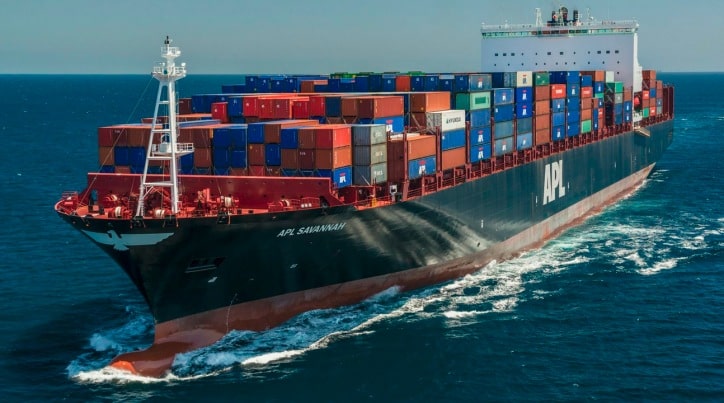Blockchain Technology keeps expanding all over the world in many different fields. Several enterprises are testing different blockchain solutions in order to improve products, services and increase revenues. Now, a consortium comprising AB InBev, Accenture, APL, Kuehne + Nagel and a European customs organization are testing blockchain solutions to reduce bureaucratic procedures.
Accenture and APL Blockchain Products
The consortium has tested blockchain solutions that aim to eliminate printed shipping documents. That would allow the freight and logistics industry save hundreds of million dollars per year. At the same time, it will reduce the time that enterprises take just to process documents, improving the efficiency of the companies.
The new solution has tested a new way of exchanging and storing documents that will no longer by in digital or physical way. Instead, the data will be transferred using blockchain technology. As the industry is all the time presenting documents and exchanging data, the best way to increase efficiency is by transferring it using a blockchain system.
Eddie Ng, head of Strategic Liner Management at APL, commented:
“As a facilitator of global trade and strong advocate of innovation, APL sees much potential in blockchain technology to accelerate the digital transformation of the container shipping industry, moving us from traditional paper-based transactions to more efficient, more secure and faster processes along the entire supply chain.”
Some months ago, Accenture and DHL released a trend report on blockchain technology’s potential. There is a real use case for this technology in the logistic industry, by ship, truck or train. At the same time, DHL and Accenture are researching and developing different blockchain tools that will let them track some specific products, including drugs and medicines.
With the reduction of commercial barriers and bureaucracy, global trade could increase 15 percent, according to the World Economic Forum. Papers, documents and other administrative procedures are related to one-fifth of the $1.8 trillion dollars spent annually in order to move goods from one country or continent to another.
Image provided by SubicBay





